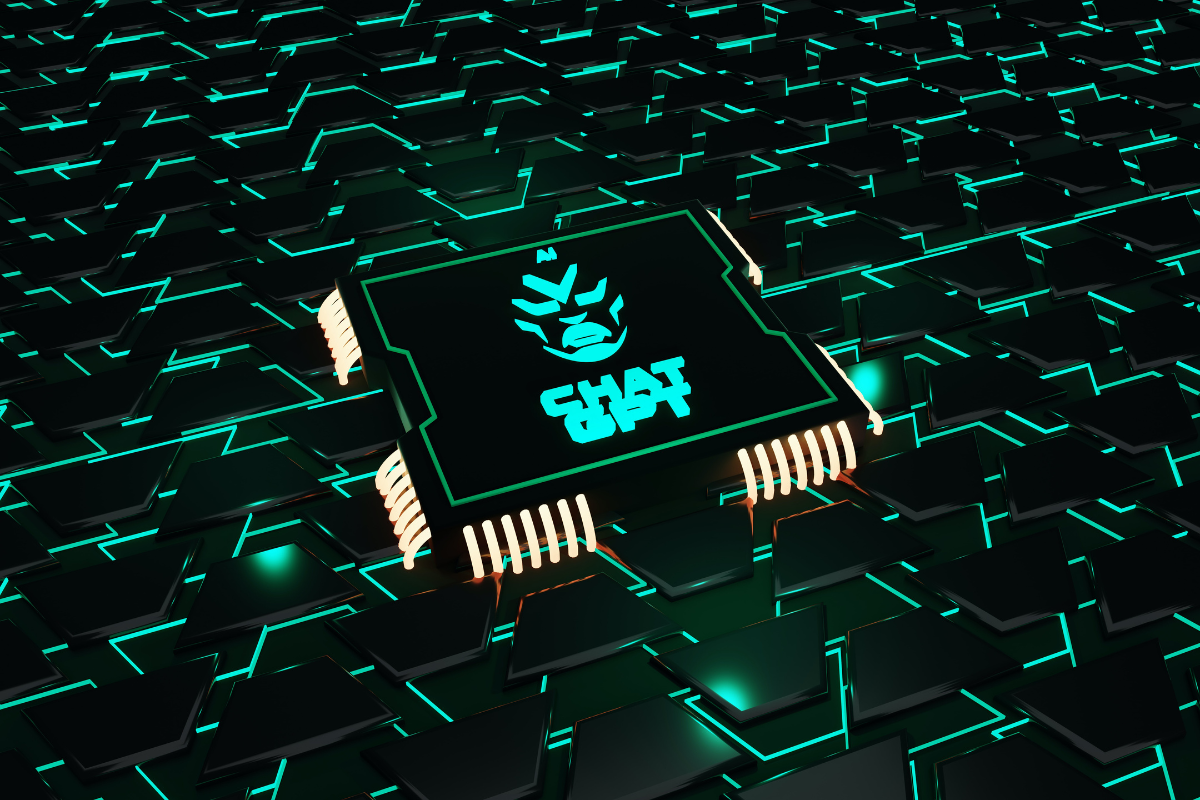The current business landscape is unpredictable, putting pressure on budgets, resources and ultimately, employees. Using AI to automate processes and improve productivity relieves this pressure. However, deploying it within a business is not just about getting the tech right – that’s only half the battle. The other half requires employee buy-in.
As many enterprises can attest to, however, that’s not always easy. Unlike established technologies with prior iterations to draw upon, AI is a relatively new and rapidly evolving field. This novelty can make it more difficult for employees to readily embrace AI.
“Humans tend to cling onto information and behaviors that they know, which means they often reject new ways of working or adopting new skills.”
“Humans tend to cling onto information and behaviors that they know, which means they often reject new ways of working or adopting new skills,” says Danni Haig, Director and Principal Business Psychologist at DH Consulting. “IT and business leaders should be understanding about AI skepticism and have a clear plan in place to address it, otherwise much-needed change is far less likely to happen.”
Implementing an AI culture
Rolling out AI across an organization often requires a shift in mindset and a willingness to adapt to new ways of working. According to a recent study by SnapLogic, an overwhelming two-thirds of respondents like the idea of using AI in their role, either currently or in the future. That’s great news for digital leaders, however, it’s not the full story.
Rolling out AI across an organization often requires a shift in mindset and a willingness to adapt to new ways of working.
Digging a little deeper, the study also reveals that certain personality traits correlate closely to specific attitudes toward AI. Basically, those who scored high on the extraversion scale were more likely to worry that it would be hard to get everyone in the organization to fully adopt AI. This group was also more likely to have reservations about AI, in general.
Those with a low extraversion score, on the other hand, were more likely to embrace AI and have fewer concerns about using it. This group was also more likely to use AI at home or in their personal lives more often. They also generally agreed that AI would save them time, improve their productivity and reduce risk and errors in their work.
AI as a teammate

According to McKinsey & Co, AI is poised to transform roles and boost performance across functions such as sales and marketing, customer operations and software development. In the process, it could unlock trillions of dollars to the tune of over US$4.4 trillion annually.
Since most jobs will soon involve AI to some degree, employees need to understand its benefits and how it can change their jobs for the better. If employers fail to communicate this, negative consequences can arise. Not only is it likely talent will become disengaged, potentially leaving their role, but it’s likely they’ll fail to use AI to its full potential – a triple waste of time, talent and money.
Embracing AI as a team member rather than a threat fosters a culture of collaboration and empowers employees to embrace the opportunities presented by this transformative technology.
The solution could be as simple as thinking of AI as a very junior teammate or intern, rather than a tool. By viewing AI in this way, organizations can leverage its capabilities to problem-solve and analyze information, effectively supporting its more ‘senior’ human colleagues. In this collaborative approach, employees can take on the role of mentors and coaches, guiding the development of AI systems to reduce errors and enhance their output.
This perspective encourages a symbiotic relationship where AI augments human capabilities and enables employees to focus on higher-level tasks that require creativity, critical thinking and emotional intelligence. Embracing AI as a team member, rather than a threat, fosters a culture of collaboration and empowers employees to embrace the opportunities presented by this transformative technology.
A roadmap to change

Haig believes that business psychology can be used to encourage employees to embrace change and adopt new technologies, processes and team structures. Here, she shares a roadmap all organizations can implement to introduce change successfully.
Plan and prepare: Communication – and lots of it – are important when taking a business through new processes and innovations. Take your time to build an AI action plan. Don’t be scared of over-communicating. Change takes time.
Use the ADKAR model as a guide: This well-known psychological model for change is a practical guide to navigate the change experience.
- Awareness of the need for incorporating AI into work systems
- Desire to participate and support the new way of working
- Knowledge of how to incorporate AI into their work
- Ability to implement new processes and technology
- Reinforcement to sustain change, make sure communication around enterprise AI, its benefits and how to implement is frequent
Prime time: Human brains are hardwired to trust and believe things, facts, people and brands they are exposed to more often. They are also impacted by stimuli they experience over time. To enhance trust in enterprise AI, use regular, frequent small stimuli (for example, in emails, yammers, Slack, meetings and mission statements) before, during and after change to increase the inclination to adopt new ways of working.
Don’t forget your own team: Just because you work in IT doesn’t mean your team won’t have concerns of its own. Encourage your team to integrate further with other departments within the business to showcase how you can support organizational objectives. When your team understands and celebrates the benefits of AI, the members will be the cheerleaders for the change for everyone else in the business.
Avoid the anchoring effect and confirmation biases: Human’s natural inclination to cling on to familiar information and behaviors often leads to resistance when it comes to embracing new ways of working or acquiring new skills. ‘That’s what we do here’ attitudes can seriously derail change in the workplace. Onboarding leaders to navigate cultural mitigation is, therefore, very important.
Engage and excite: Change doesn’t happen without those at the top being involved. Provide engaging workshops for your fellow executives and team leaders to showcase the possibilities and benefits for the organization as a whole. Encourage questions and prepare for any skepticism with understanding and positivity.
Get hands on: Train those who will use the technology, and be patient and understanding when helping those who are fearful of upskilling to see the possibilities of the new technology. Hands-on learning and experimentation are fundamental for embracing new technology. The SnapLogic research shows that almost 20 percent of survey respondents worried that they wouldn’t be able to use AI properly. Show them how, and boost their confidence.
Celebrate together: Be sure to communicate your company’s technological advancement to everyone, and celebrate the benefits.
AI technologies to know

OpenAI took the world by storm in November 2022, releasing ChatGPT, a revolutionary generative AI chatbot that can write poetry as easily as it can spout out a weekly meal plan and shopping list or help fill out an excel spreadsheet. Since its release, others have raced to release their own version, putting the power of generative AI into the hands of many.
Here are three of the most notable new releases worth checking out.
Murf AI
While AI-generated art and writing are garnering a lot of buzz in the realm of generative AI, Murf AI has come in to give content a verbal glow-up. This technology allows users to make studio-quality voice overs for everything from explainer videos to podcasts and advertisements, simply using text. The hardest part is choosing from the 120-plus voice styles (in 20-plus languages and accents) available on the site.
SnapGPT
SnapLogic has been an early adopter of AI and recently, announced SnapGPT, the first-ever generative AI solution for enterprise applications. By leveraging AI to quickly integrate and automate business processes, using natural language prompts, SnapGPT enables businesses to achieve rapid results in a snap, accelerating business agility and flexibility in an ever-changing market.
Stable Diffusion
Stable Diffusion is an advanced model that can generate realistic images from text. This not only gives users the creative freedom to produce incredible artwork effortlessly, but it also empowers billions to create stunning visuals within seconds.







